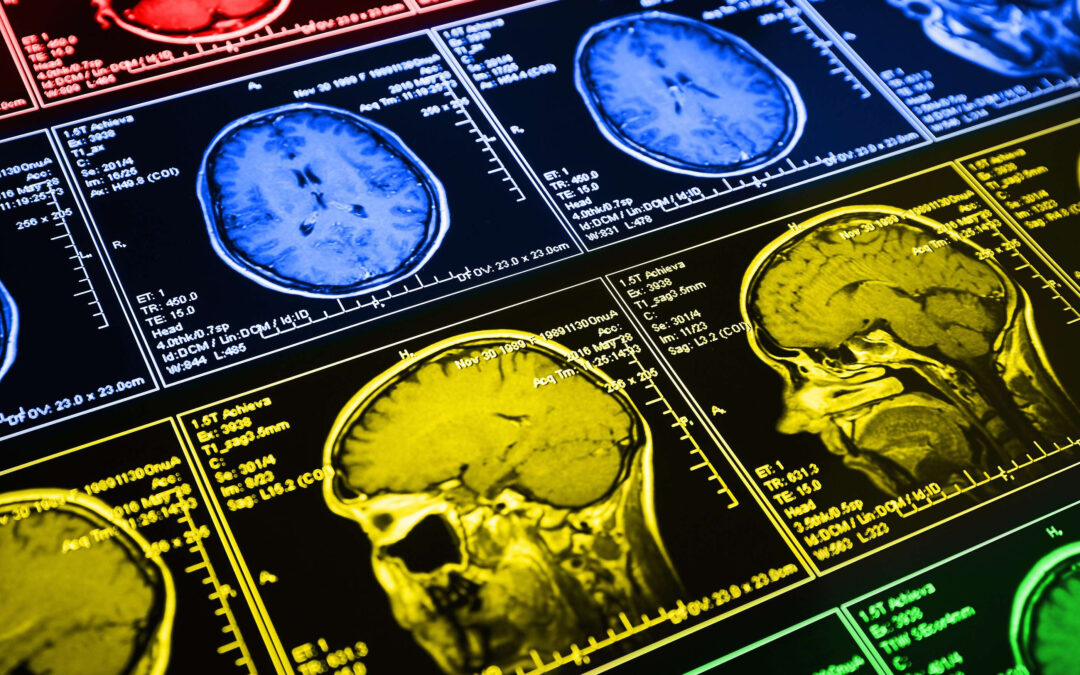by Laura Daly – Updated September 28, 2022 – AARP Staying Sharp
Gender does account for some differences in brain function — but how much and why is complicated.
False: Men are better than women at math. Men overestimate their math abilities, a study in the journal Sex Roles found, even though research shows that males and females perform equally well. So why does the math myth persist? Many psychologists blame cultural stereotypes and parental and societal expectations for how females view their math abilities.
True: Women are better listeners than men. When women listen, both the left and right hemispheres of the brain are involved, as opposed to just the left for men, an Indiana University School of Medicine study found. Women listen with their eyes, ears and sometimes whole body, while men have learned to obtain facts, make a judgment and fix the problem, says Catherine Franssen, associate professor of psychology and neuroscience studies at Longwood University.
False: Men’s brains are more active than women’s. The opposite is true. A study of more than 46,000 brain scans found that women’s brains are much more active than men’s. This was particularly true in the prefrontal cortex, the part of the brain that’s involved with areas such as focus, impulse control, anxiety and mood.
True: Men have a better sense of direction than women. When researchers at the Norwegian University of Science and Technology used a virtual maze to test navigation skills, men solved 50 percent more of the tasks than women did. Women and men have different navigational strategies, the study authors theorize, though the reasons are unknown.
True: Women are less selfish than men. Women are more likely to get a flood of dopamine — a pleasure-inducing neurotransmitter — when they perform selfless acts or are generous, research from the University of Zurich showed. When women shared, their brain’s reward center, called the striatum, was activated. For men, however, their striatum fired up when they acted in a selfish and self-centered way.
True: Men’s brains age more rapidly than women’s brains. Metabolically speaking, women’s brains appear to be almost four years younger than men’s brains of the same age, a study from the Washington University School of Medicine in St. Louis found. That means a 65-year-old woman’s brain is more like the brain of a 61-year-old man. But there’s a catch. “Healthy women’s brains will age better than healthy men, but unhealthy women may not age as well as unhealthy men,” says Franssen.
Learn more about the research in this article
- Read a summary of the study. (A fee is required to access the full study.)• “Temporal Lobe Activation Demonstrates Sex-based Differences during Passive Listening,” Radiology, July 2001. In this study, 20 men and women ages 21 to 39 underwent functional magnetic resonance imaging (fMRI) while listening to a passage from the John Grisham novel The Partner. Most of the men showed activity just in the temporal lobe of the brain, which is associated with listening and speech. Women showed activity in the temporal lobe on both sides of the brain. Read a summary of the study. (A fee is required to access the full study.)• “Gender-Based Cerebral Perfusion Differences in 46,034 Functional Neuroimaging Scans,” Journal of Alzheimer’s Disease, September 2017. This study included 119 healthy volunteers and 26,683 people with a history of conditions such as brain injuries and mood disorders. Researchers compared single photon emission computed tomography (SPECT) scans, which show blood flow to different regions of the brain, while participants were at rest and engaged in various mentally stimulating activities. Women’s brains showed greater activity in more regions than did men’s brains. Read a summary of the study. (A fee is required to access the full study.)• “Changes in spatial cognition and brain activity after a single dose of testosterone in healthy women,” Behavioural Brain Research, February 2016. In this study, 42 healthy women, ages 19 to 30, were given either a drop of testosterone or an inactive droplet under their tongue. They then performed virtual navigation tests while undergoing imaging scans of their brain. Although there were no differences in performance on the navigation tests between the two groups, women who received testosterone were better able to orient themselves in a virtual environment. Read the full study. • “The dopaminergic reward system underpins gender differences in social preferences,” Nature Human Behavior, October 2017. Researchers gave male and female participants either amisulpride, a drug that blocks dopamine in the brain, or a sugar pill. Then the participants had to decide whether to keep a reward for themselves or share it. Blocking dopamine reduced selfish behaviors in men, and it reduced selfless actions in women. Read the full study. • “Persistent metabolic youth in the aging female brain,” PNAS, February 2019. For this study, researchers used information gathered from positron emission tomography (PET) brain scans of 205 cognitively healthy adults, ages 20 to 82. Women’s brains were metabolically younger for their age than men’s brains. The researchers couldn’t separate out lifestyle and societal influences that may have influenced the results. Read the full study.
THINKING OF BUYING OR SELLING?
Let the RCFE Resource team of professionals bring proven expertise to help you get the highest price for your Assisted Living or Health Care properties. We are pleased to offer a complimentary, no obligation valuation of your home and business. Please call today for your FREE consultation.
Michelle (949) 397-4506 | michelle@RCFEresource.com
Melvyn (949) 500-3630 | melvyn@RCFEresource.com



